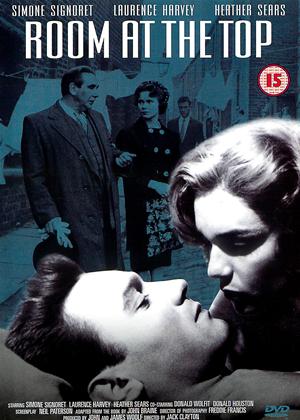A number of film and television personalities have passed away over the spring months. Cinema Paradiso remembers them in a two-part special.
Following the deaths of Richard Chamberlain, Val Kilmer, and Robert Benton, Cinema Paradiso posted special tributes to each man in the Remembering series. However, 25 other artists - ranging from actors and directors to cinematographers and SFXperts - have also passed away this spring. So, let's celebrate their lives and work.
Lee Montague
The name may not be familiar, but character actor Lee Montague's face has always been readily recognisable. Born Leonard Goldberg within the sound of Bow Bells on 16 October 1927, he turned to acting after completing his National Service. Graduating from the Old Vic School, he became a stage regular before making his screen mark as Maurice Joyant in John Huston's Moulin Rouge (1952).
Dozens of his outings are available to rent from Cinema Paradiso, as a quick name check in the Searchline will testify. On film, he played opposite John Lennon in Richard Lester's How I Won the War (1966), just a few months after becoming the first storyteller on the BBC's long-running series, Jackanory (1965-96). He also appeared in The Camp on Blood Island (1958), The Savage Innocents (1959), Deadlier Than the Male (1967), Eagle in a Cage (1972), The Best Pair of Legs in the Business (1973), Lady Jane (1986), and Madame Sousatzka (1988).

Ken Russell cast Montague in Mahler (1974) and he reunited with Robert Powell as the prophet Habbakuk in Jesus of Nazareth (1977), which was directed by Franco Zeffirelli, who had previously chosen Montague to play Francis of Assisi's father in Brother Sun, Sister Moon (1972). On television, Montague was a welcome guest in everything from Danger Man (1960-61) and The Edgar Wallace Mysteries (1960-65) to The Sweeney (1974-78), Minder (1979-94), Boon (1986-92), and Bergerac (1981-91), in which he took the recurring role of Henri Dupont.
As a Jew of Russo-Lithuanian extraction, he was also proud to play opposite Meryl Streep in Marvin J. Chomsky's Holocaust (1978). Montague died at the age of 97 on 30 March 2025.
Manoj Kumar
Despite being paired with such star actresses as Sayeeda Khan, Asha Parekh, and Mala Sinha, Manoj Kumar's acting career got off to a sluggish start. However, having said a prayer at the Haji Malang shrine, he was told by a stranger on the road that his next picture, Hariyali Aur Rasta (1962), would be a hit. It was and Kumar never looked back.
Born Harikrishan Giri Goswami on 24 July 1937 in Abbottabad in what is now Pakistan, he took his screen name from idol Dilip Kumar's character in Shabnam (1949) and it became synonymous with polished, patriotic Bollywood cinema. Among Kumar's hits was the 1965 whodunit, Gumnaam, which borrowed from Agatha Christie's 'And Then There Were None', which has been filmed under this title by René Clair (1945), Peter Collinson (1974), and Craig Viveiros (2015). All three can be rented from Cinema Paradiso, as can George Pollock's variation on the theme, Ten Little Indians (1965).
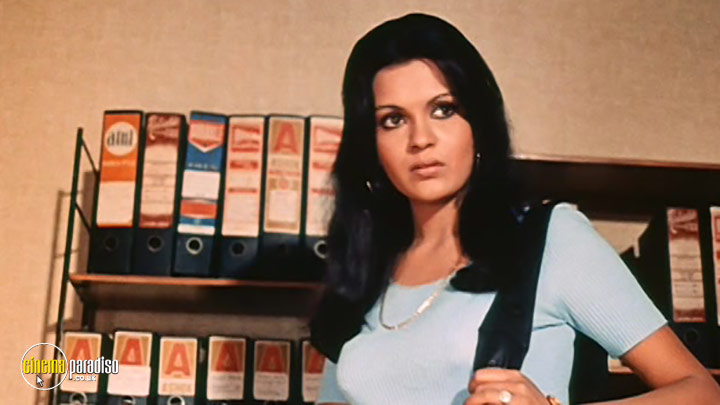
As well as headlining films like Raj Kapoor's Mera Naam Joker (1970), Kumar also directed himself in Upkar (1967), a flagwaver about a farmer fighting in the 1965 Indo-Pakistan War that won Best Director and Best Film at the Filmfare Awards. He also directed Shor (1972), Roti Kapada Aur Makaan (1974), and Kranti (1981), although we can't bring you the London desi drama, Purab Aur Pachhim (1970), which held the record for a Bollywood movie at the UK box-office for 24 years. Kumar died on 4 April at the age of 87.
Ted Kotcheff
Ted Kotcheff once claimed, 'The only thing I have never done is what others expected me to do.' Born to immigrant parents on 7 April 1931, he was raised in the Cabbagetown district of Torono, appearing on stage at the age of five in The Macedonian Blood Wedding. Joining the Canadian Broadcasting Corporation in the early days of live television, he was directing by the age of 24. However, he was deported from the United States in 1953 for having been a member of a left-wing book club.
Undaunted, he crossed to Britain, where he impressed many with his sang froid after lead actor Gareth Evans died during a live 1958 transmission of Undeground, a play about a bomb attack in London. This may not be available, but Cinema Paradiso users can see Kotcheff's collaborations with playwright Alun Owen on Lena, O My Lena (1960) and The Hard Knock (1962), which can be found on 'Armchair Theatre', Volumes 3 and 4 (2013) respectively. But it's about time someone released No Trams to Lime Street (1970), which aired the year before Kotcheff won a BAFTA for Edna, the Inebriate Woman, which featured a career-best performance by Patricia Hayes and which is available on Play For Today: Vol.3 (2022).
By this time, Kotcheff had become a versatile film director, following the James Mason vehicle, Tiara Tahiti (1962), with Life At the Top (1965), which followed the further (mis) adventures of Joe Lampton (Laurence Harvey), the anti-hero of Jack Clayton's Room At the Top (1958). Such was the impact the film made on Michelangelo Antonioni that the Italian auteur sought Kotcheff 's help in cutting 20 minutes from Blow-Up (1966).

Still barred from the United States, Kotcheff followed the underrated race drama, Two Gentlemen Sharing (1969), by going to Australia to make Wake in Fright (1971), an existential horror starring Gary Bond as a teacher in a roughneck outback town, that helped launch the Ozploitation boom chronicled in Mark Hartley's Not Quite Hollywood (2008). On a roll, Kotcheff next directed one of Canada's finest features, The Apprenticeship of Duddy Kravitz, an adaptation of a Mordecai Richler novel that made a star of Richard Dreyfuss. It also won the Golden Bear at the Berlin Film Festival and brought Hollywood offers, the first of which saw Kotcheff direct Gregory Peck in Billy Two-Hats (1974), which was the first Western filmed in Israel.
Having made Fun With Dick and Jane (1977), with Jane Fonda and George Segal and reunited with the latter on Who Is Killing the Great Chefs of Europe? (1978), Kotcheff produced one of the best films about American Football, North Dallas Forty (1979), in which Nick Nolte excels as a wide receiver on the skids. This isn't currently accessible, but Rambo: First Blood (1982), is available on DVD, Blu-ray, and 4K and it should be seen. As Vietnam veteran, John Rambo, Sylvester Stallone reinvented the war movie. But Kotcheff wanted nothing to do with the three sequels that saw him become a flagwaving killing machine.

Instead, Kotcheff revisited the conflict in Uncommon Valour (1983), which sent Gene Hackman's ex-Marine into Laos to find his missing son. But this proved less commercially combustible and Kotcheff also misfired with the James Woods duo of Split Image (1982) and Joshua: Then and Now (1984), as well as the Kurt Russell-Kelly McGillis romance, Winter People (1989). Curiously, he had more luck with a couple of comedies, Switching Channels (1987), which pitted Kathleen Turner against Burt Reynolds and Christopher Reeve at a TV station, and Weekend At Bernie's (1989), which followed the efforts of insurance company employees Andrew McCarthy and Jonathan Silverman to convince party guests that their embezzling boss is still alive.
The comedy streak ended with the Tom Selleck caper, Folks! (1992) and Kotcheff had less luck with Hidden Assassin and A Strange Affair (both 1996). But, just as it seemed that his career was winding down, he became an executive producer on Law & Order: Special Victims Unit (2000-12), which ran for 280 episodes, with Christopher Meloni and Mariska Hargitay as detectives Elliot Stabler and Olivia Benson. He remained happily retired until his death on 10 April, at the age of 94.
Jean Marsh
Londoner Jean Marsh will forever be associated with the address 165 Eaton Place in Belgravia. Here, she played upper house parlourmaid Rose Buck in 68 episodes of Upstairs, Downstairs (1971-75), which she had co-created with fellow servants' daughter, Eileen Atkins. Marsh also co-wrote for the series and was the only member of the original cast to return for the BBC revival, Upstairs Downstairs (2010-12), which featured Atkins as Lady Maud Holland and was cancelled after nine episodes because it couldn't compete with the show it had inspired, Downton Abbey (2010-16).
Even though Rose earned her an Emmy, there was much more to Marsh than starched uniforms. Born on 1 July 1934, she had trained as a dancer and made her screen debut as a sewing girl in The Life and Adventures of Nicholas Nickleby (1947). As her Cinema Paradiso credits list shows, Marsh cropped up in a number of British comedies before playing Alice in 'The Lonely', a 1959 episode of The Twilight Zone (1959-64). She also co-starred with John Gielgud on Broadway and with Laurence Olivier in a US TV version of W. Somerset Maugham's The Moon and Sixpence (1959).
Having been married to Jon Pertwee for five years, Marsh had a long association with Doctor Who (1963). In 1965, she played Princess Joanna in 'The Crusade' before assisting William Hartnell as Sara Kingdom in 'The Daleks' Master Plan' (1965-66). Two decades later, Marsh returned to menace Sylvester McCoy as Morgaine in 'Battlefield' (1989). Indeed, she had a flair for fantasy, essaying Mombi and Nurse Wilson in Return to Oz (1985) and Queen Bavmorda in Willow (1988).
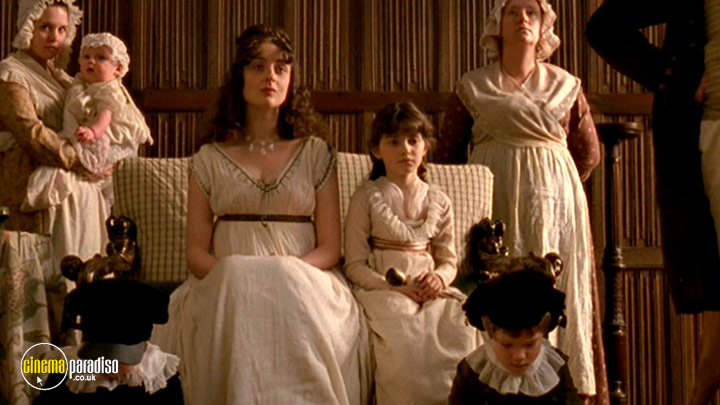
This proved to be her penultimate feature, but she had appeared in Cleopatra (1963), Alfred Hitchcock's Frenzy (1972), and The Eagle Has Landed (1976), in which she played splendidly against type. Her TV credits included four episodes of The Saint (1964-68), as well as guest slots in UFO (1970-73), The Persuaders (1971-72), The Waltons (1972-81), and Murder, She Wrote (1984-95). She and Atkins also created House of Eliott (1991-94), while Marsh also graced such TV-movies as Danny, the Champion of the World (1988) and The Mayor of Casterbridge (2003). In addition to playing Mrs Ferrars in Sense and Sensibility (2008), she also came under suspicion in a couple of Agatha Christies, The Pale Horse (1997) and Crooked House (2008). She died aged 90 on 13 April.
Damien Thomas
Born Damien Court-Thomas on 11 April 1942 to an RAF officer and his French wife stationed in Ismailia, Egypt, the RADA-trained actor made his feature bow as Pindarus opposite John Gielgud in Julius Caesar (1970). He then got his teeth into the role of Count Karnstein in Hammer's Twins of Evil (1971), while taking whatever TV roles were going (use the Searchline for more details). But he feared becoming typecast after following the Prophet Muhammad's son Zaid in The Message (1976) with the cursed Prince Kassim in Sinbad and the Eye of the Tiger (1977).
A new direction came in the form of Jesuit priest Father Alvito in Shogun (1980), the James Clavell adaptation that made the mini-series fashionable in Hollywood. The Japanese connection continued with drifter Jake Haulter in Tenko (1981-84), which formed part of a tidy run that saw Thomas play Richard Mason in Jane Eyre (1983), Jose Camarena in Widows (1983-85), and Michael Samuels, a victim of Ian Richardson's Francis Urquhart, in House of Cards (1990).
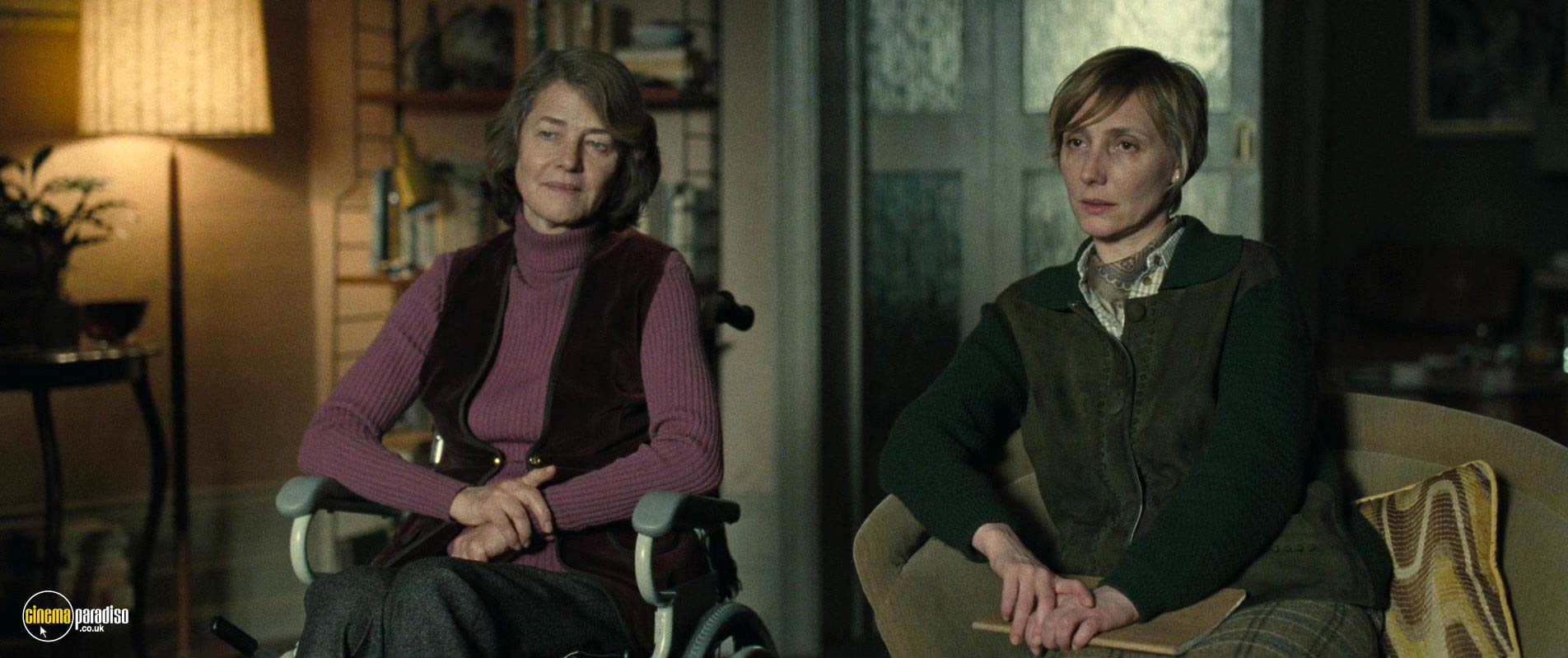
Busy without becoming ubiquitous, Thomas turned up in the 'Murder on the Links' episode of Agatha Christie's Poirot (1989-2014), while also taking minor character roles in films like Never Let Me Go (2010), W.E. (2011), and The Limehouse Golem (2016). He died on 18 April at the age of 83.
Cora Sue Collins
Although she retired from acting at the age of 18, Cora Sue Collins racked up 47 credits during a 13-year career. Born on 19 April 1927 in Beckley, West Virginia, Cora Sue was raised by her mother in Hollywood. She made her screen debut at the age of five in The Unexpected Father before co-starring with Norma Shearer in Smilin' Through (both 1932), which was nominated for Best Picture at the Academy Awards. Looking back, she joked, ''I must have the most common face in the world. I played either the most famous actresses of the '30s as a child or their child. They made me up to look like everybody.'
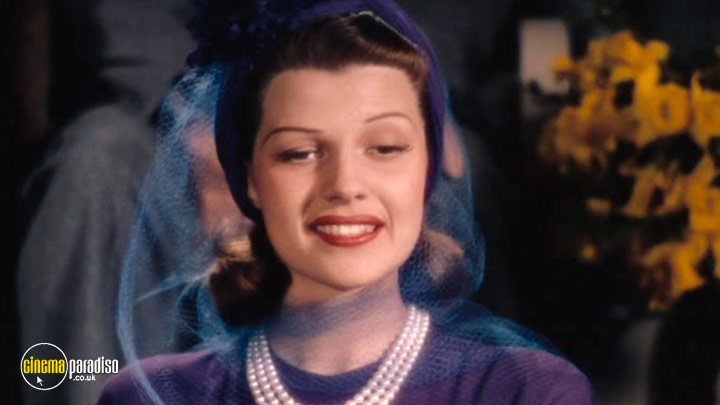
The child star is best known for her collaborations with Greta Garbo, playing the Swedish monarch as a young girl in Rouben Mamoulian's Queen Christina (1933) and the heroine's niece, Tanya, in Clarence Brown's Anna Karenina (1935). She was also the child of Claudette Colbert in Torch Singer (1933) and William Powell and Myrna Loy in Evelyn Prentice (1934), while Cinema Paradiso users can catch her in Black Moon (1934), The Dark Angel (1935), and The Adventures of Tom Sawyer (1938), in which she played Amy Lawrence. Look closely and you can also see Collins in uncredited bits in All This, and Heaven Too (1940) and Blood and Sand (1941).
Having been propositioned by a screenwriter at the age of 15, she quit showbiz shortly after taking the rare lead of Cam Chandler in Budd Boetticher's Youth on Trial (1945). Known as Susie Nace after marrying the owner of an Arizona cinema chain, she remained friends with Garbo and was the last surviving MGM contract player of the 1930s when she died the age of 98 on 27 April.
Bruce Logan
Bruce Logan owed much to his father, the BBC director Campbell Logan, who not only taught him film history, but also gave him his first camera and encouraged him to dabble in animation at the age of 12. The early start paid off, as Logan got to supervise the opening 1440-frame credit sequence for Stanley Kubrick's 2001: A Space Odyssey (1968).
Born on 15 May 1946, Logan was barely in his twenties when he got to shadow SFX pioneer Douglas Trumbull and he put his newly acquired expertise to use when he got to blow up the Death Star in George Lucas's Star Wars (1977), while making it appear as though the detonation was taking place in zero gravity.

Relocating to California, Logan got involved with Michelangelo Antonioni's Zabriskie Point (1970) and Gram Parsons's unfinished sci-fi project, Saturation 70. Keen to become a cinematographer, however, he worked for Roger Corman on Big Bad Mama (1974), Crazy Mama (1975), and Jackson County Jail (1976). But his finest hour came when mixing live-action and graphic animation in Steve Lisberger's game-changing sci-fi classic, Tron (1982). Directorial outings, Vendetta (1986) and Lost Fare (2018), proved disappointing. But Logan, who died at the age of 78 on 10 April, helped change the way American movies looked, even spoofing Steven Spielberg's Jaws (1975) in the opening sequence of the parodic gem, Airplane! (1980).
James Foley
Born in Bay Bridge, Brooklyn on 28 December 1953, James Foley made such an impression with a short produced while on a film course at the University of Southern California that Hollywood maverick Hal Ashby offered to produce his first feature. Nothing came of the collaboration, but the Ashby connection opened doors that led to Foley following his debut, Reckless (1984), with At Close Range (1986), a father-son drama starring Christopher Walken and Sean Penn that established Foley's reputation as an actors' director.
It also demonstrated an insight into the male psyche that was never more evident than in Glengarry Glen Ross (1992), David Mamet's scalpel-sharp dissection of capitalism that was set in real-estate sales agency and saw Foley bring out the best in Al Pacino, Jack Lemmon, Alan Arkin, Alec Baldwin, Kevin Spacey, Ed Harris, and Jonathan Pryce. But, despite directing several of her hit music videos, Foley struggled to make much out of the Madonna vehicle, Who's That Girl (1986), while his Jim Thompson adaptation, After Dark, My Sweet (1987), failed to find an audience in spite of its impeccable neo-noir credentials.
He reunited with Pacino as a 1930s grandfather on a mission in the underrated Two Bits (1995) before guiding Reese Witherspoon and Mark Wahlberg through the romantic thriller, Fear (1996). But Foley hit pay dirt in adapting John Grisham's The Chamber (1998), only to confound critics again by shifting into action mode for The Corruptor (1999), which teamed Wahlberg with Hong Kong martial arts superstar, Chow Yun-fat.
Four years passed before Foley directed again, although the wait proved worthwhile, as con man Edward Burns fell foul of New York gangster, Dustin Hoffman in Confidence (2003). The emphasis remained on suspense in Perfect Stranger (2007), which followed the cyber efforts of reporter Halle Berry to discover whether Bruce Willis murdered her best friend. But cutting reviews and negligible receipts meant that a decade would pass before Foley returned to features.
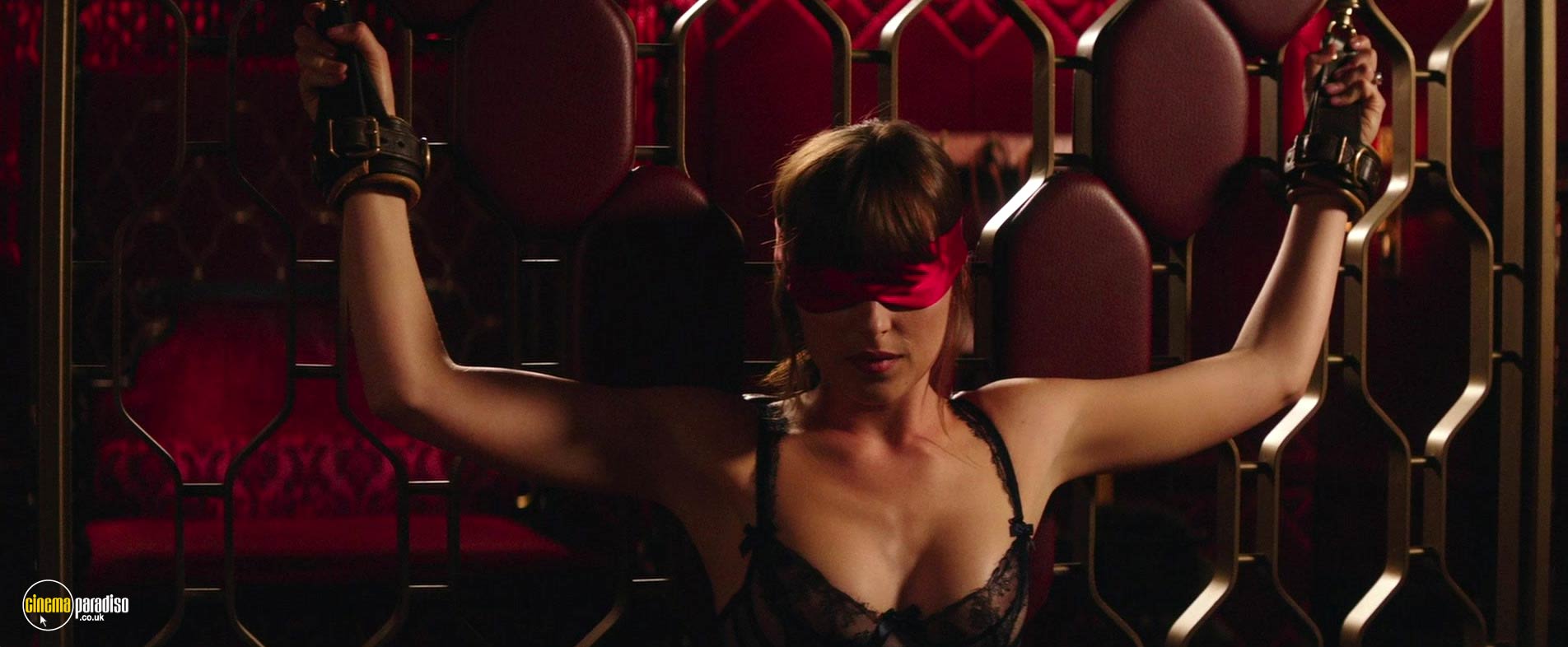
A decade after a single contribution to Twin Peaks (1990-2017), he ventured back into television with episodes of Hannibal, House of Cards (both 2013-15), Wayward Pines (2015-16), and Billions (2016-23). But he remained in what he called 'director jail' until his insight into toxic macho belligerence and insecurity made him the ideal choice to handle the sequels to Sam Taylor-Johnson's Fifty Shades of Grey (2015), Fifty Shades Darker (2017) and Fifty Shades Freed (2018), which Foley jokingly hoped wouldn't land him a Razzie Award. On 6 May 2025, the 71 year-old died of brain cancer.
Joe Don Baker
Type the name of Joe Don Baker into the Cinema Paradiso Searchline and you can see the range of film and television projects that benefited from his distinctive presence. Sometimes menacing, often jovial, and always memorable, Baker was raised by an aunt after his mother died 12 years after his birth on 12 February 1936 in Groesbeck, Texas. Sporty at school and college, he tried his hand at acting out of curiosity and enrolled at the Actors Studio after military service.
Following initial stage success, Baker made his TV debut in an episode of Honey West (1965-66). Having been uncredited in Cool Hand Luke (1967), he made his movie mark as a one-armed gunslinger in Guns of the Magnificent Seven (1969) before matching Steve McQueen as his younger brother in Sam Peckinpah's rodeo classic, Junior Bonner (1972).
It's not currently possible to see Baker's imposing signature turn as the wrestler who cleans up his Tennessee town in Phil Karlson's Walking Tall (1973), which was part of the vogue for vigilante pictures in Watergate-era America. Indeed, Baker would play variations of Buford Pusser in Mitchell and Framed (both 1975). But he was better served as Molly the hitman pursuing Walter Matthau in Charley Varrick and Cody, the small-timer seeking revenge on mobster Robert Ryan in The Outfit (both 1973).
In the 1980s, Baker shone as The Whammer opposite Robert Redford in the baseball saga, The Natural (1984), and revelled in harassing Chevy Chase as a corrupt police chief in Fletch (1985). The same year saw Baker come to Britain to play CIA agent Darius Jedburgh in the brilliant mini-series Edge of Darkness (1985), which saw him miss out on a BAFTA to co-star Bob Peck. His larger-than-life turn led to him being cast as Brad Whitaker, the first American villain in the Bond series, in Timothy Dalton's first outing as 007, The Living Daylights (1987). Indeed, Baker made such an impression that he was made over as Pierce Brosnan's sidekick, Jack Wade, in GoldenEye (1995) and Tomorrow Never Dies (1997).
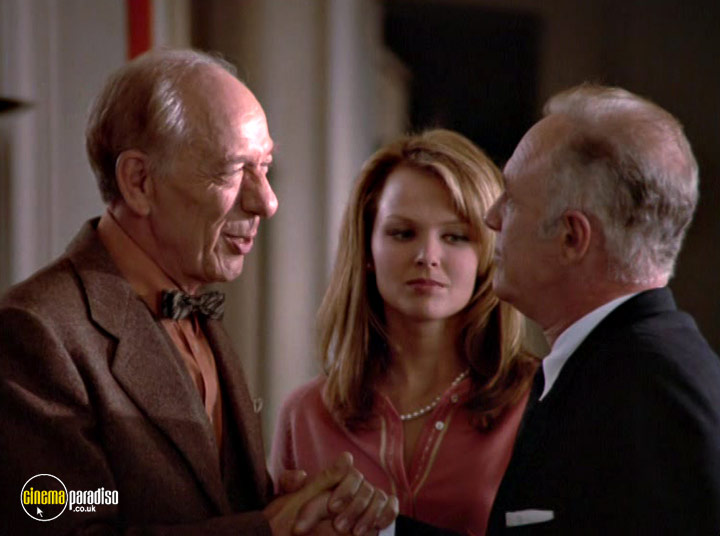
By this time, Martin Scorsese had cast Baker as Claude Kersek, the private eye hired by Robert De Niro's Max Cady in Cape Fear (1991). He would follow this by playing Winona Ryder's dad in Reality Bites (1994), the small-town sheriff in The Grass Harp (1995), and the shotgun-toting Kansas farmer picking off aliens in Tim Burton's Mars Attacks! (1996). After giving James Caan a run for his money as Philip Marlowe's shifty father-in-law in Poodle Springs (1998), Baker guested as Governor Jim Applewhite in The Dukes of Hazzard (2005) before signing off as King, the Arkansas bigwig pursuing Matthew McConaughey in Mud (2012). Baker lived another 13 years before departing the scene at the age of 89 on 7 May.
George Wendt
Despite amassing 171 screen credits, it's safe to say that one role dominated the career of George Wendt. He was only booked for the first episode of Cheers (1982-93) and was due to disappear after uttering its first line. But he caught the eye of the show-runners and unemployed accountant Norman Peterson went on to feature in all 275 episodes and earn Wendt six Primetime Emmy nominations. He also reprised the role of Norm in St Elsewhere (1982-88) and Frasier (1993-2004), as well as voicing him in The Simpsons (1989-) and Family Guy (1999-). Wendt's wife, Bernadette Birkett, even occasionally played Norm's heard but unseen spouse, Vera, in the much-loved series.
Born in Chicago on 17 October 1948, Wendt graduated from the famous Second City improv troupe and found early TV roles in Taxi (1978-82), Soap (1977-81) and M*A*S*H (1972-82). He also made occasional films like Robert Altman's A Wedding (1978) and Jeannot Swarc's Somewhere in Time (1980), but the sitcom schedule left little time for later outings like Airplane II: The Sequel (1982), Fletch (1985), and Gung Ho (1986).
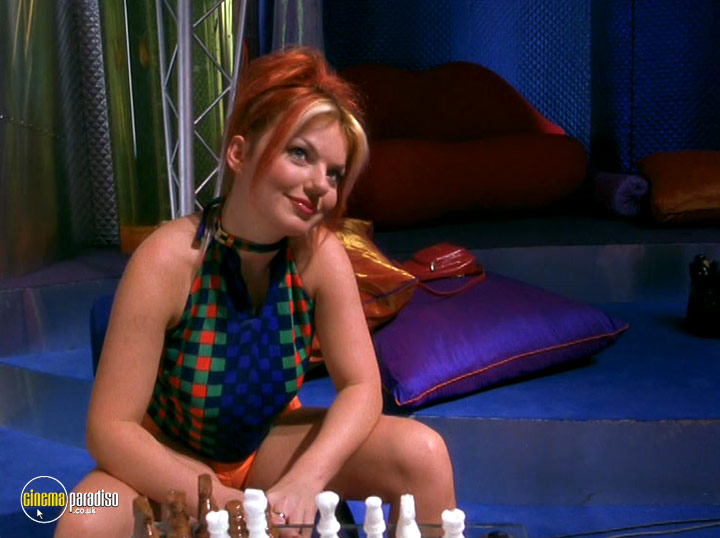
Having played Macaulay Culkin's father in the video for Michael Jackson's 'Black or White' - which can be found on Dangerous: The Short Films (1993) - Wendt essayed Bunny Baxter in Irwin Winkler's fascinating House UnAmerican Activities drama, Guilty By Suspicion (1991) and Harry Finley in Forever Young (1992). But his film resumé was dotted with middling titles (as the Cinema Paradiso Searchline testifies) and he was seen to better advantage on the Broadway stage and as Boston Citizen editor, Mike Shelby, in the later seasons of Sabrina, the Teenage Witch (1996-2002). Always a welcome sight, whether in Spice World (1997), King of the Ants (2003), Masters of Horror (2005), or Bliss (2019), George Wendt was in demand up to his passing on 20 May.
Kathleen Hughes
Elizabeth Margaret von Gerkan was born in Los Angeles on 14 November 1928. Her writer-director uncle, F. Hugh Herbert, told her she was too tall at 5ft 9in to make it in movies. But, even though he had scripted pictures like That Certain Age (1938) and Dark Command (1940), she set out to prove him wrong and was renamed Kathleen Hughes on signing to 20th Century-Fox in 1948, after having been spotted in a play.
She took one of several secretarial roles in Otto Preminger's Where the Sidewalk Ends (1950), but frustratingly few of her Fox credits are available in the UK. She did help screen test a young Rock Hudson and was less than impressed. But she gave him his first kiss in The Golden Blade (1953), when they both found themselves at Universal. Yet, even though she had been voted 'Miss Cheesecake 1952' by the armed forces newspaper, Stars and Stripes, Hughes struggled for meaningful roles, despite a charming display as Ann Blyth's friend in Sally and Saint Anne (1952).
Volunteering to help the camera unit come to terms with the newly acquired 3-D cameras, she cut such a striking figure after dyeing her hair blonde for Paul Henreid's For Men Only (1952) that she coaxed director Jack Arnold into casting her as alien Russell Johnson's girlfriend in It Came From Outer Space (1953). A publicity shot of Hughes screaming became iconic and 'Miss 3-D 1953' found herself in three-dimensions again opposite Edward G. Robinson in The Glass Web.
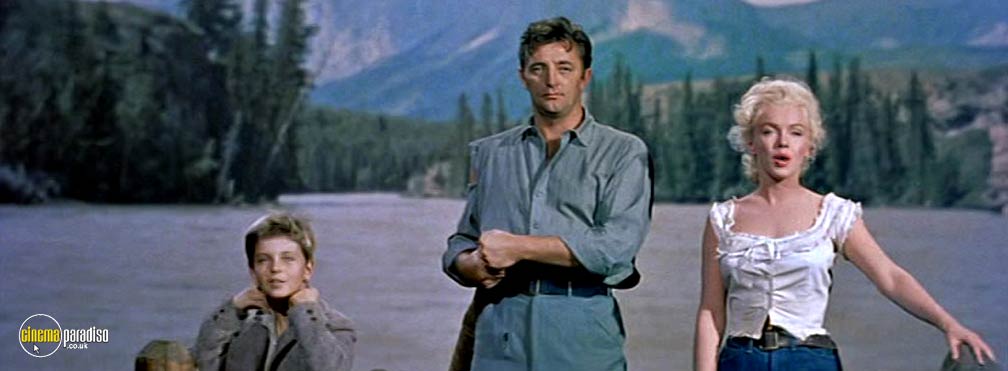
Yet, despite solid turns in Dawn At Socorro (1954) and Three Bad Sisters (1956), Hughes realised that her future lay in television. Cinema Paradiso users can see her in two episodes of Alfred Hitchcock Presents (1955-62), 'The Better Bargain' and 'Vicious Circle'. In addition to guest slots on Perry Mason (1957-66), Mission: Impossible (1966-72), and Quincy M.E. (1976-83), Hughes also played the wife of Lieutenant Colonel Henry Blake (McLean Stevenson) in a home-movie message in M*A*S*H (1972-82). In 1987, her love scene with Jack Nicholson was cut from Hector Babenco's Ironweed, but Hughes remained involved with showbiz through Stanley Rubin, her husband of 59 years who had written such classics as The Narrow Margin (1952) and River of No Return (1954). Like Rubin some 11 years earlier, Hughes was 96 when she died on 19 May.
Billy Williams
When cinematographer Billy Williams informed Katharine Hepburn on the set of On Golden Pond (1981) that Richard Attenborough wanted him to shoot Gandhi (1982), she replied, 'I think he's already dead, Billy.' Having been nominated for Mark Rydell's autumnal melodrama, Williams shared the Oscar for the sprawling biopic with Ronnie Taylor, who had twice stepped in when Williams had been incapacitated by slipped discs. He had the podium to himself on Oscar night, however, as Taylor was busy filming Champions (1984).
Born in Walthamstow on 3 June 1929, Williams was the son of Billy Williams, Sr., the pioneering cameraman who had filmed the surrender of the German fleet at Scapa Flow during the Great War and had taken the first movie camera to the summit of Mount Kilimanjaro. Leaving school at 14, Williams, Jr. readily became his father's assistant and spent time in East Africa with the Colonial Film Unit.
Returning to Blighty, Williams joined British Transport Films before honing his craft shooting commercials with the likes of Ken Russell and John Schlesinger. After Williams had cut his teeth on San Ferry Ann (1965), Russell hired him for both Billion Dollar Brain (1967) and Women in Love (1969). Having earned an Oscar nomination for the latter, he reunited with the director for the long-delayed D.H. Lawrence sequel, The Rainbow (1989).

Schlesinger recruited him for Sunday Bloody Sunday (1971), which earned Williams the first of his four Bafta nominations. Then, following the Elizabeth Taylor vehicles, Zee & Co. (1972) and Night Watch (1973), he took a second unit to Iraq to film the disturbingly atmospheric prelude to William Friedkin's The Exorcist (1973).
His proficiency and versatility is evident from such diverse credits as Two Gentlemen Sharing (1969), Pope Joan (1972), Kid Blue (1973), Voyage of the Damned (1976), The Silent Partner (1978), Eagle's Wing (1979), Saturn 3 (1980), Eleni (1985), and The Manhattan Project (1989). Moreover, in addition to shooting John Milius's The Wind and the Lion (1975) and Peter Yates's Suspect (1987), Williams also took minor acting roles. He retired after Driftwood (1997) and died on 21 May 2025 at the age of 95.
















